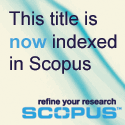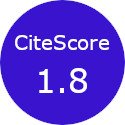Co-optimization of Metro Train Timetable and Freight Fitting Scheme under Trailer Mode
Abstract
Utilizing the redundant capacity of metro lines during non-peak passenger hours for freight transportation is an effective means to reduce urban logistics pressure and alleviate road congestion. This paper studies the problem of jointly optimizing train timetable and freight loading plans under the scenario of dynamically attaching freight carriages to passenger trains during non-peak hours. Based on a dual model of shared passenger and freight trains and shared tracks, the study considers constraints such as train stops, safe operation, and carriage capacity. With the goal of minimizing the costs of adding freight carriages, penalties for freight detention, and total dwell time, a mixed-integer programming model for the collaborative optimization of train timetable and freight loading plans is constructed. Using the Beijing metro Batong Line as an example, a case study is constructed, and the Gurobi solver is used for solving. Based on the calculation results, the impact of different passenger transport scenarios, the cost of adding freight carriages, the simultaneous loading and unloading queue for a single freight carriage, and the freight cost coefficient on the number of added freight carriages, train timetables, and freight loading plans is analysed. Research results indicate that the dynamic towing mode designed in this paper can effectively address freight transportation tasks under different passenger transport scenarios and can provide technical support for optimising train operation plans and freight loading decisions in the metro operation department.



